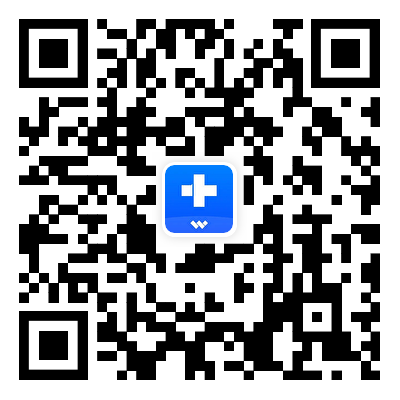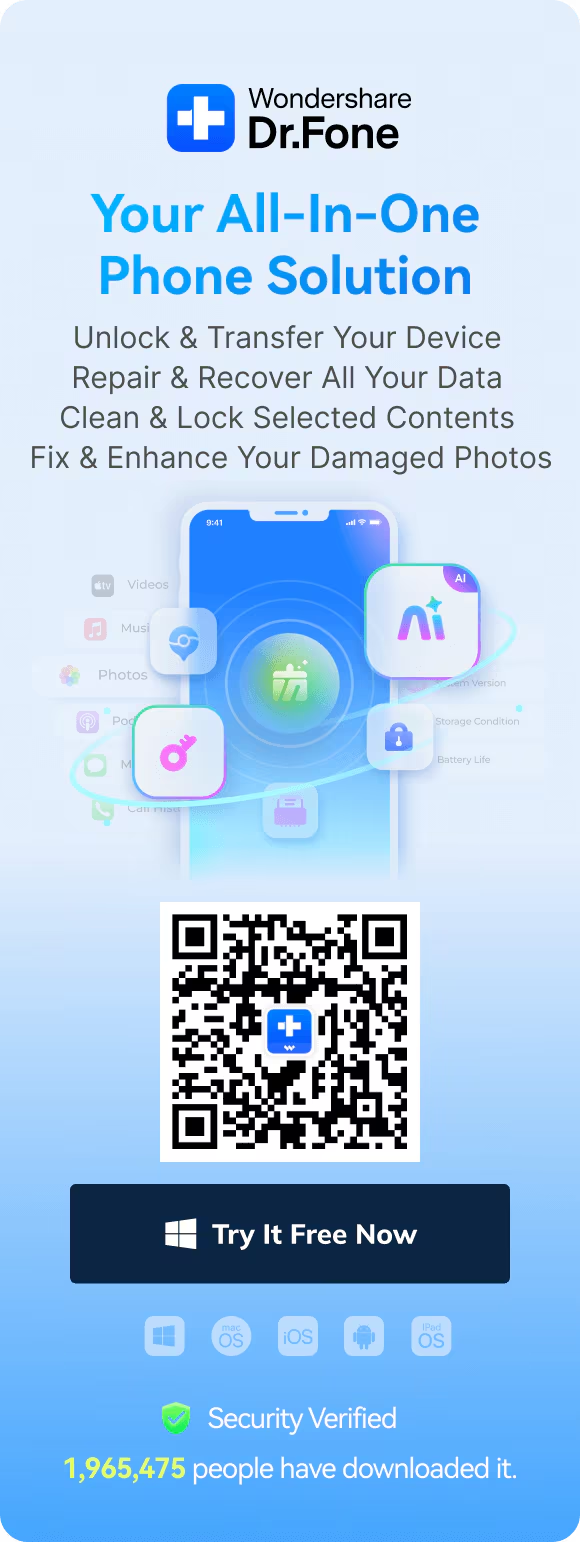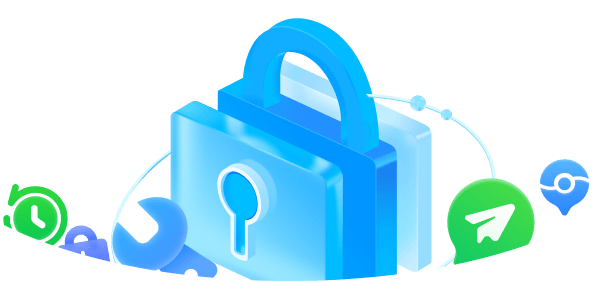Doxxing, short for "dropping documents," is a malicious act. It is revealing someone's private information online without their consent. This practice often aims to intimidate or harm the target. It is a serious invasion of privacy.
Doxxing carries serious risks, including harassment, online bullying, and real-world threats. It can also lead to financial fraud and identity theft, putting your safety and peace of mind at risk both online and offline. Understanding how to prevent getting doxxed is crucial to maintain your privacy in the digital world.
To protect your privacy and sensitive data, consider using tools like Dr.Fone App - App Lock (iOS). This app has strong features to protect your private info. It keeps your personal data safe from hackers.
In this article
Part 1: What is Doxxing and Is It Legal?
Doxxing, from "documents," means exposing someone's personal info online without consent. You can get this info from social media leaks, hacking, phishing, or public databases.
Doxxing often means publishing a person's home address or private phone number. It also means exposing sensitive emails to harm them. The information targeted by doxxers often includes:
- Home addresses and locations.
- Phone numbers and personal emails.
- Financial records or social security numbers.
- Workplace details or family information.

Is Doxxing Legal?
Doxxing's legality varies by region. It is usually illegal if it leads to harassment, harm, or privacy violations.
In many countries, laws against harassment, identity theft, and cyberstalking apply to doxxing. For instance:
- In the United States, anti-harassment and stalking laws often cover doxxing.
- The EU's GDPR sets strict rules on handling and exposing personal data.
- In the UK, the Data Protection Act and anti-harassment laws address doxxing.
Perpetrators may face fines, charges, or imprisonment, depending on the act's severity. Victims may seek restraining orders or file suits. These actions aim to recover damages and protect their personal information.
Part 2: Have I Been Doxxed?
Being doxxed can be overwhelming. But, spotting the signs early can help you act quickly. Common indicators that you may have been doxxed include:
- Receiving threats or harassing messages referencing your personal information.
- Unusual account activity, such as unauthorized login attempts or password resets.
- Finding your private details (e.g., address, phone number) posted on social media, forums, or other websites.
To check if your personal information has been leaked online, you can use tools like:
- Google Alerts: Set up alerts for your name, email, or other personal identifiers to monitor mentions online.
- Have I Been Pwned: A free service that checks if your email or phone number has been exposed in data breaches.
- Data removal services: Professional services that scan for and help remove your information from the web.

How to Find Out Who Doxxed You
Tracing the source of a doxxing incident can be challenging but not impossible. Here are some steps you can take to know how to find out who doxxed you:
- Check digital footprints: Look for patterns in the leaked data. Also, consider how the perpetrator may have accessed it, such as via social media or hacked accounts.
- Analyze metadata: If the doxxer shared files, they may hold clues. The files' metadata might reveal IP addresses or geolocation data.
- Seek legal assistance: Report the incident to law enforcement or a cybercrime unit. They can use advanced tools and techniques to investigate and identify the perpetrator.
- Consult cybersecurity experts: Professionals can analyze the situation and provide insights on potential sources of the breach.
However, it can be hard to find the doxxer. VPNs, encrypted platforms, and burner accounts provide anonymity. If you can't find the perpetrator, focus on reducing the impact and securing your data.
Part 3: How to Prevent Getting Doxxed
Taking proactive steps to safeguard your personal information is crucial in preventing doxxing. Here are some essential tips on how to prevent doxxing:
- Update Privacy Settings: Regularly review and adjust the privacy settings on your social media accounts to limit visibility to trusted individuals only.
- Minimize Information Sharing: Avoid sharing sensitive details like your address, phone number, or workplace online. Be cautious with what you post, even in private groups.
- Use Strong Passwords: Create complex passwords for all your accounts, combining uppercase letters, lowercase letters, numbers, and special characters.
- Enable Two-Factor Authentication (2FA): Add an extra layer of security by requiring a secondary verification method, such as a code sent to your phone, to access your accounts.
Protecting Your Data with Dr.Fone App - App Lock (iOS)
Doxxing can happen remotely. But, many breaches start with someone getting physical or unauthorized access to your phone. The Dr.Fone App - App Lock (iOS) is an effective tool to prevent such privacy leaks by securing your phone's apps and sensitive data.
How Dr.Fone App - App Lock Can Help
- Locks Sensitive Apps: Protects apps like messaging platforms, email, or file storage from unauthorized access.
- Password Protection: Ensures that personal or financial data within specific apps remain private, even if someone gains access to your phone.
- User-Friendly Interface: Designed to be intuitive and hassle-free, making it easy to secure your apps without compromising convenience.
Dr.Fone App - App Lock (iOS)
Enhanced App Security: Lock/Hide Apps Based on Time and Location
- Lock apps to prevent accidental deletions or downloads.
- Hide apps from the home screen for enhanced privacy.
- Face ID/PIN code protection for secure access.
- Supports iOS 16 and above.
Simplified Guide to Using Dr.Fone App - App Lock (iOS)
01of 04Launch the App Lock Tool
Download and open the Dr.Fone app on your iPhone. Tap the blue AI Tools Toolbox at the bottom center of the screen. Go to the "Discover" page and select the App Lock card to access the settings.

02of 04Add and Organize App Groups
Click "Please add a group first" to create a group. Select the apps you want to lock or hide, then click Save to confirm. Rename the group as desired for better organization.

03of 04Configure Locked and Private Modes
On the group's edit page, choose Locked Mode to lock apps or Private Mode to hide them from the home screen. Save your changes and toggle modes as needed.

04of 04Set Up Face ID or PIN Code
Tap the settings icon in the top-right corner. Enable Face ID or set a PIN code to secure the App Lock tool, ensuring only you can access it.

Bonus Tip: Enhance Privacy with Restrict Zone or Restrict Time
In addition to locking or hiding apps, the Restrict Zone and Restrict Time features of the Dr.Fone App - App Lock (iOS) offer advanced customization options for added privacy.
- Restrict Zone: You can hide or lock specific apps based on your location. Simply tap the arrow next to "None", select "Restrict Zone," and set a center point on the map.

Why App Protection Matters
Dr.Fone App - App Lock can't stop remote hacks or internet breaches. But, it is vital for protecting your data from physical access or theft. If someone tries to browse your phone, or if it's lost or stolen, the app keeps your sensitive info secure.
Part 4: What to Do If You've Been Doxxed
Being doxxed can feel invasive and overwhelming. But, you can take steps to regain control and protect yourself. This section gives you immediate steps to ensure your safety and learn how to prevent being doxxed. It also offers advice on recovering from the emotional and reputational effects of doxxing.

Immediate Actions
If you suspect or confirm being doxxed, swift action is crucial to minimize harm:
- Document the Incident: Take screenshots and save records of the doxxing activity, including online posts, messages, or any other evidence. This documentation is vital for reporting and potential legal action.
- Secure Your Accounts: Change passwords immediately, prioritize sensitive accounts like email and banking, and update recovery options. Enable two-factor authentication wherever possible.
- Report the Incident: Notify the platforms where the doxxing occurred. Use their reporting tools or contact support directly. File a report with local authorities if threats or harassment are involved.
Long-Term Recovery
Once immediate threats are managed, focus on regaining stability and protecting your future privacy:
- Seek Legal Assistance: Consult a legal expert to explore options like restraining orders, takedown requests, or other legal remedies.
- Reputation Management Services: Consider professional help to monitor and remove harmful content or rebuild your online image.
- Address Emotional Well-Being: Doxxing can take an emotional toll. Seek counseling, join support groups, or connect with others who've experienced similar situations for guidance and comfort.
These measures aim to provide immediate relief and help restore your peace of mind while preventing future incidents.
Conclusion
In a connected world, it's crucial to protect your personal info. It is key to your privacy and security. Doxxing can have severe effects. But, you can reduce the risks. Stay alert and take the right precautions.
Using tools like Dr.Fone App - App Lock (iOS) is a practical way to enhance your security. Locking sensitive apps can protect your data from unauthorized access. This helps ensure your privacy in the digital world.
FAQ
-
Q: How can I protect myself from being doxxed?
A: To prevent doxxing, limit the personal information you share online. Update your social media privacy settings. Use strong, unique passwords and enable two-factor authentication. Additionally, apps like Dr.Fone App - App Lock (iOS) can help secure sensitive apps on your phone.
-
Q: What should I do if I've already been doxxed?
A: If you've been doxxed, document the incident. Then, secure your accounts with new passwords. Finally, report it to the platforms and authorities. Also, tools like Dr.Fone App - App Lock (iOS) can help. They can secure sensitive apps and prevent more exposure while you recover legally and emotionally.





























James Davis
staff Editor
Generally rated4.5(105participated)